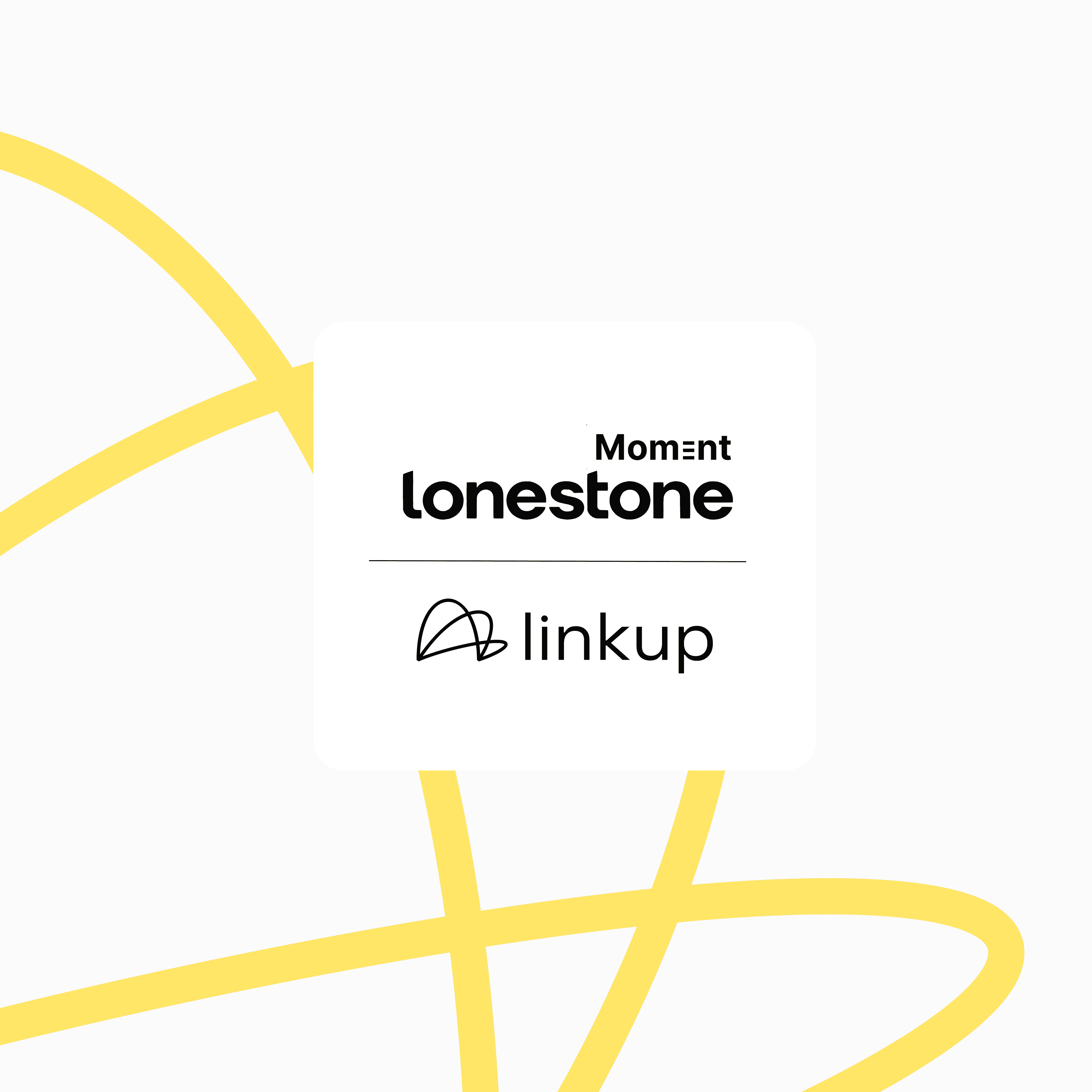Jul 17, 2025
How to Build a Secure GPT-Style Assistant in 2025: The Enterprise Roadmap
A secure, company-wide GPT assistant can be built in just 25 weeks. cutting search time in half, boosting compliance, and unlocking millions in productivity

Boris
COO at Linkup
What is an enterprise GPT assistant?
An enterprise GPT assistant is a secure, company-branded AI copilot that helps employees answer questions, analyze documents, monitor compliance, and retrieve real-time intelligence without sending sensitive data outside the firewall.
Unlike consumer chatbots, enterprise assistants combine: Internal knowledge bases (SharePoint, Confluence, databases), real-time web search for fresh insights, and security and compliance controls (GDPR, HIPAA, audit logging).
Why 2025 is the right time to deploy?
2025 marks a turning point:
Model breakthroughs: Hybrid reasoning models (Claude 4, Llama 4, DeepSeek R1) balance instant responses with deep analysis.
Lower costs: OpenAI’s GPT-o3 costs dropped 80%, while open models like Llama 4 can run privately at scale.
Enterprise adoption: AI budgets moved from “innovation pilots” to core operations.
Regulation: The EU AI Act is now enforceable; compliance is no longer optional.
Platform maturity: Azure, AWS, and Google now offer multi-model support, data residency, and cost-optimized APIs.
Bottom line: 2025 is the year copilots shift from experiments to business-critical tools.
How long does it take to implement?
A secure GPT-style assistant can be deployed in about 25 weeks following this roadmap:
Phase 0 (Weeks 1–4): Strategy
Define use cases and KPIs (accuracy, latency, adoption).
Decide open-source vs. managed API.
Secure budget and compliance review.
Phase 1 (Weeks 5–8): Proof of Concept
Build minimal chat interface with company corpus.
Pilot with 10 users. Success = 75% accuracy, <5s response.
Phase 2 (Weeks 9–16): Data Integration
Connect SharePoint, Confluence, databases.
Implement RAG for hybrid search + real-time web results.
Customize with LoRA or prompt tuning.
Phase 3 (Weeks 17–20): Production Platform
Deploy scalable infrastructure (Kubernetes, caching, queueing).
Harden security: encryption, audit logs, PII masking.
Integrate with Salesforce, ServiceNow, compliance dashboards.
Phase 4 (Weeks 21–22): Testing
Load testing, latency optimization.
Red-team security checks (prompt injection, data leaks).
Phase 5 (Weeks 23–25): Rollout
Early adopters (100), then expand to 1,000, then full company.
Onboarding with training, guides, and help channels.
Cost | ROI example |
Option 1: Open-source self-hosted ~$180K setup, ~$0.002/query, Best for privacy and compliance Option 2: Managed API, Minimal setup, ~$0.01/query, Best for speed and flexibility |
|
What are the success metrics?
A high-performing enterprise assistant should achieve:
≥85% accuracy
<4s response times
≥60% adoption in 90 days
Full audit logging for compliance
Why not just use ChatGPT as-is?
Tools like ChatGPT are incredibly powerful, and in fact, many enterprises may choose to build their assistant on top of OpenAI’s models. The difference is not about rejecting ChatGPT, but about tailoring it to enterprise needs.
Out-of-the-box consumer tools are not designed for handling sensitive company data, integrating with internal systems, or meeting strict compliance requirements. By creating a custom enterprise assistant, potentially using OpenAI or other leading models as a foundation ,organizations can combine the strengths of these models with their own private data, governance controls, and branded user experience. This approach delivers the same cutting-edge AI performance employees expect, while ensuring data sovereignty, auditability, and alignment with business-specific workflows.
The bottom line
Enterprise AI copilots are no longer optional experiments, they are becoming mission-critical business tools.
With the right roadmap, companies can move from concept to company-wide deployment in less than six months. The benefits are tangible: reduced time spent searching for information, faster compliance checks, and millions of dollars in productivity gains. More importantly, a secure, branded assistant helps employees make smarter, faster, and safer decisions by blending internal knowledge with real-time external intelligence. In 2025, the real question for enterprise leaders is no longer whether to deploy AI copilots, but how quickly they can do it securely.
In 2025, the question isn’t “Should we deploy AI copilots?”—it’s “How fast can we do it securely?”
Find the complete guide here.




